AO Edited
Gordon Hirabayashi Campground
During World War II this was the site of an "honor camp" used as a prison for draft dodgers, Native American conscientious objectors, and Japanese-Americans—including a man who brought his case against the camp to the Supreme Court.
Just north of Tucson nestled in the Molino Basin of Coronado National Forest are the remains of part of America’s dark past. What is now sparse concrete foundations, rusted pipes, and stacked rocks was once the “Catalina Federal Honor Camp” used to imprison draft dodgers, conscientious objectors, and Japanese-Americans during the Second World War.
The camp was once a 46-man minimum security prison with “barracks, a mess hall, laundry facilities, power and storage facilities, a garage, a vocational shop, one classroom, an administration building, fifteen cottages for prison staff, and water and sewage systems; a baseball field and farmland.” The facility had no fence, was bound only by painted white rocks, and embodied the progressive ideals of prison reform in the era, yet served a bigoted cause. The camp focused on rehabilitation, giving prisoners valuable skills such as operating machinery or baking, and was one of the first instances of expedited sentences in exchange for military service.
However progressive the camp’s methods it still was established to house those who wished to avoid war or found themselves targets of fear-mongering. Gordon Hirabayashi was one of the latter, who was sent to the camp after being found guilty of a violation of Executive Order 9066, forcing Japanese Americans to be imprisoned for their race.
While interned at the camp, the prisoners constructed the Catalina Highway completing the portion from Gibbons Ranch to Soldiers Camp, totaling 24 miles. By 1947 all the prisoners had left the “Catalina Honor Camp” and in 1951 the Catalina Highway was completed.
From 1951 to 1967 the camp was used as a Juvenile Detention Center whose inmates partook in a logging and sawmill operation. In 1967 the camp was handed over to the State of Arizona that operated it as a “youth rehabilitation center” until the camp was leveled in 1973. Then in 1999, it was reopened by the National Forest Service as the Gordon Hirabayashi Recreation Site in honor of its most famous past prisoner.
Today, concrete foundations make up most of what is left of the camp. Most visitors don’t wander far from the road or official trails, but beyond these trafficked areas are remnants of the deeper past and massive projects of the war years. Those with a sharp eye may be able to spot some metates and petroglyphs near the site.
Know Before You Go
Camping is available by reservation through the Forest Service.


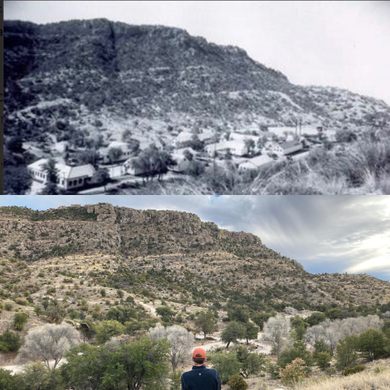




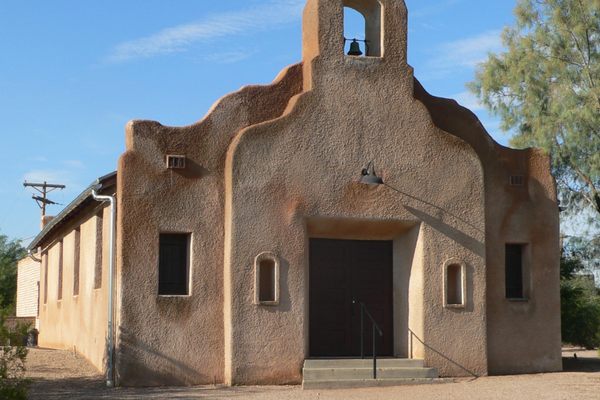
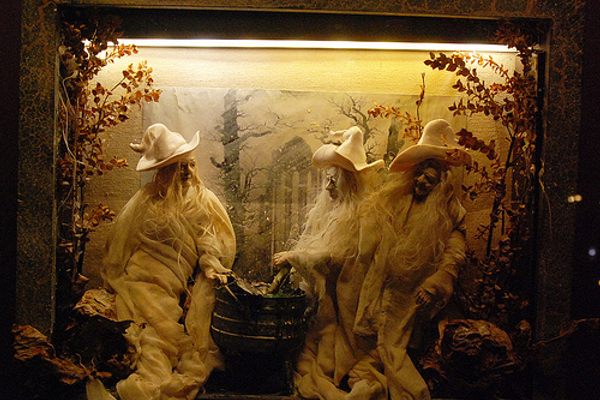
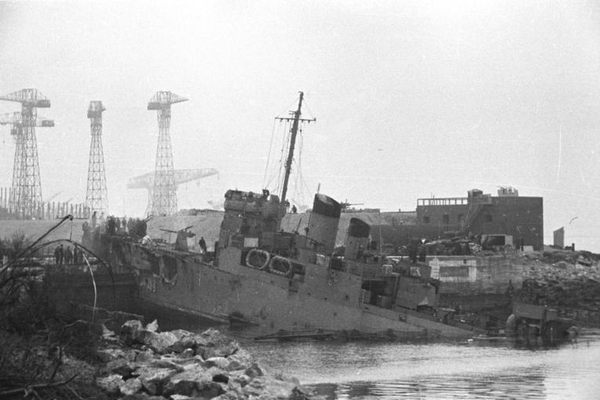
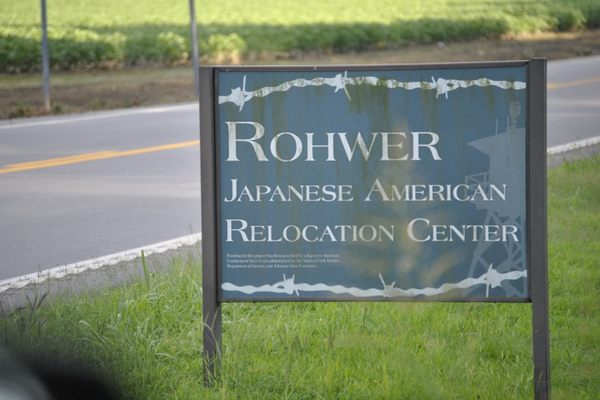
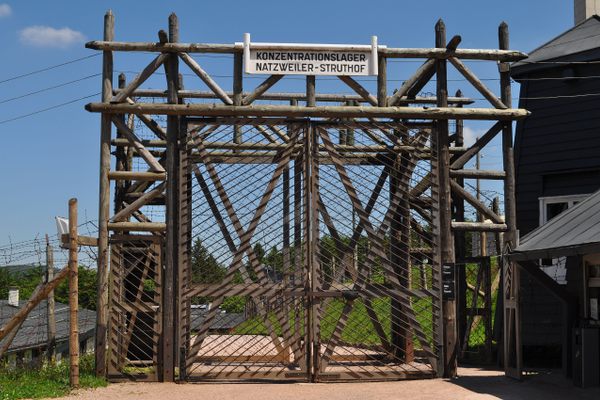
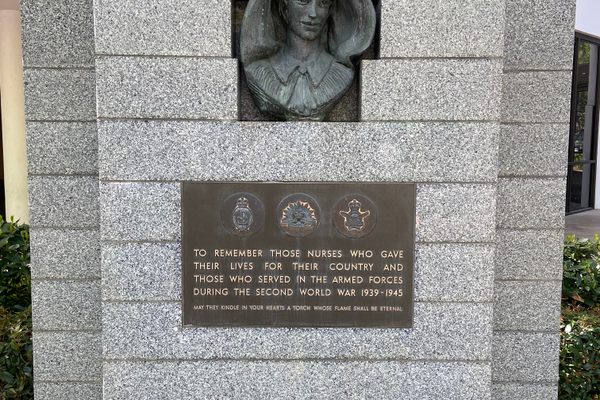

Follow us on Twitter to get the latest on the world's hidden wonders.
Like us on Facebook to get the latest on the world's hidden wonders.
Follow us on Twitter Like us on Facebook